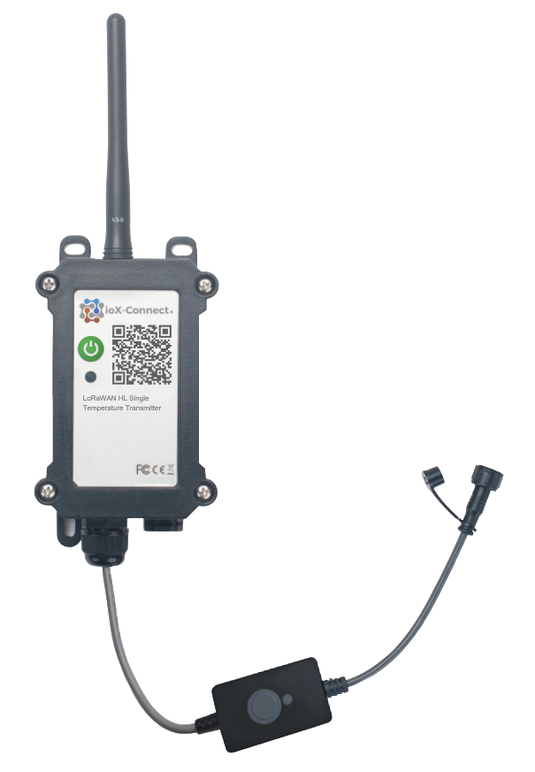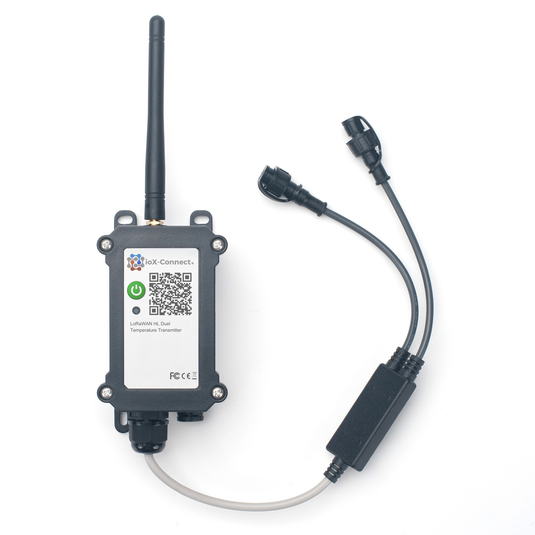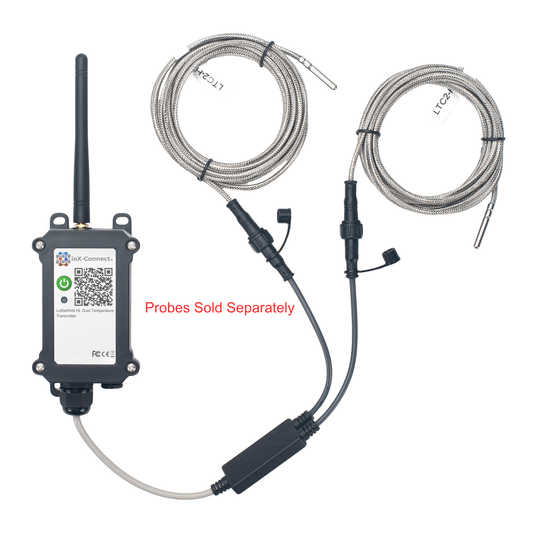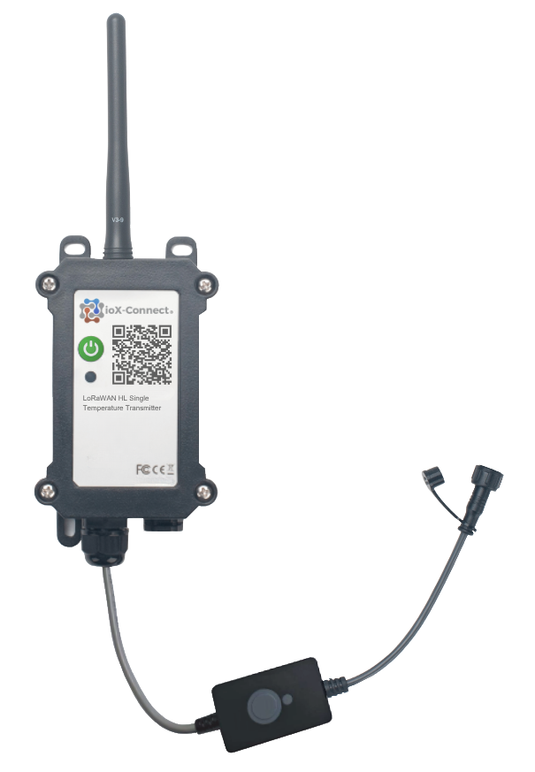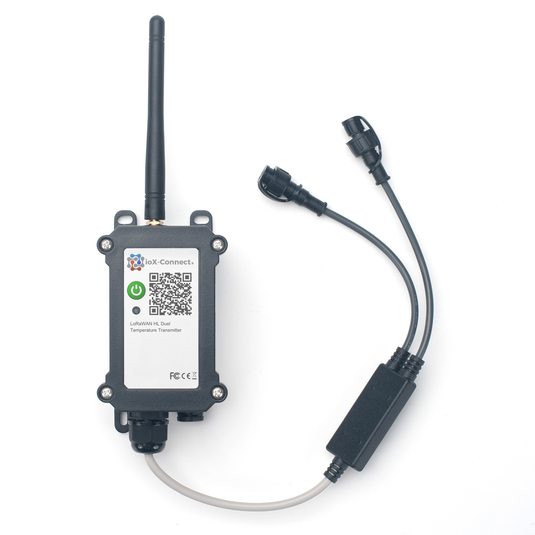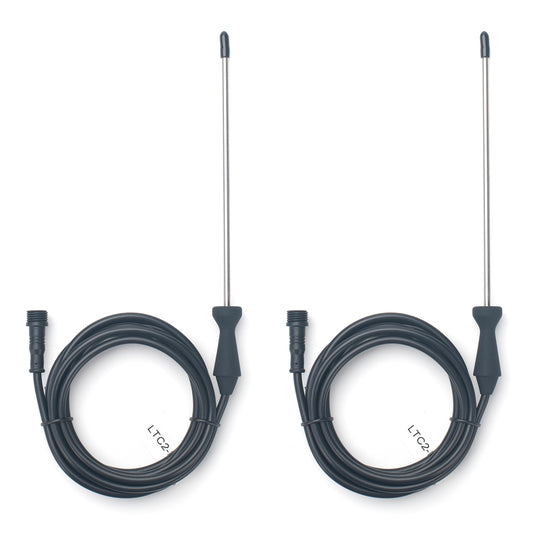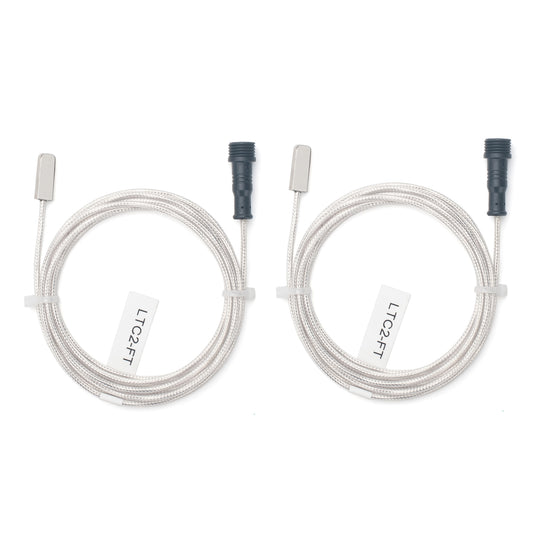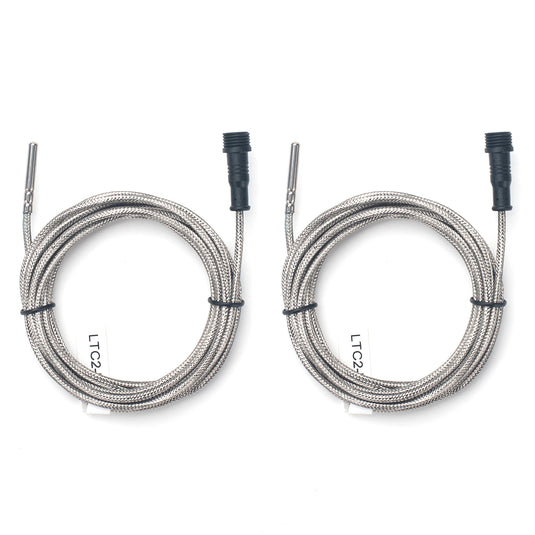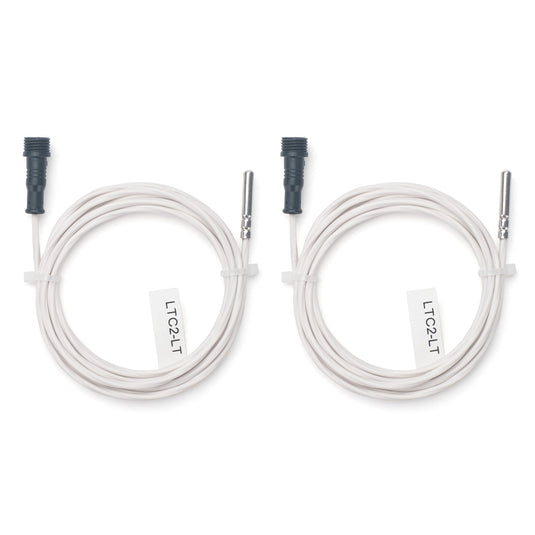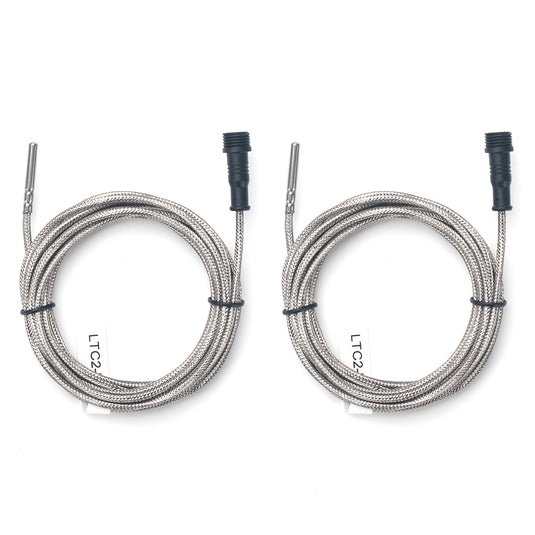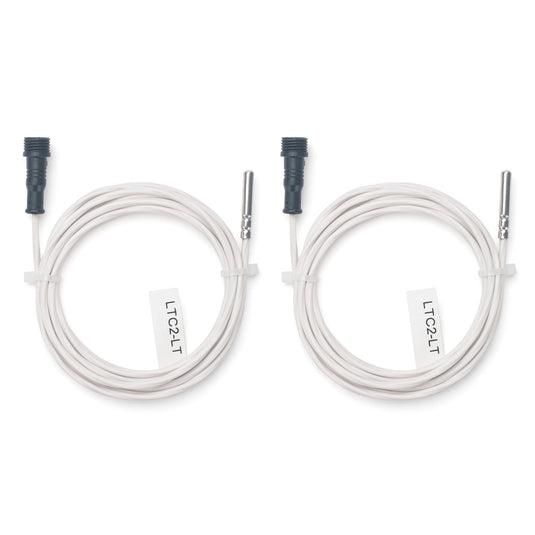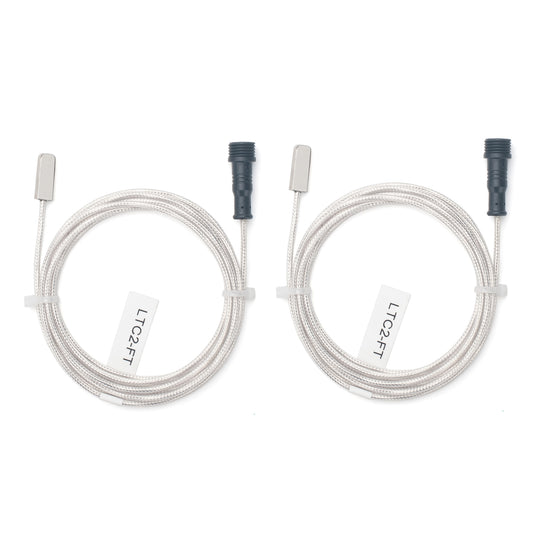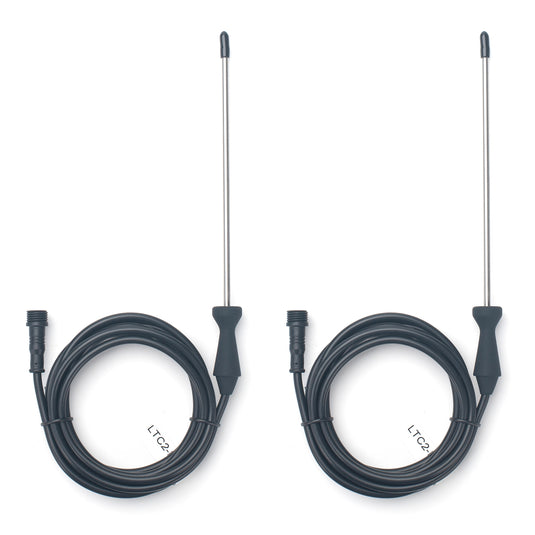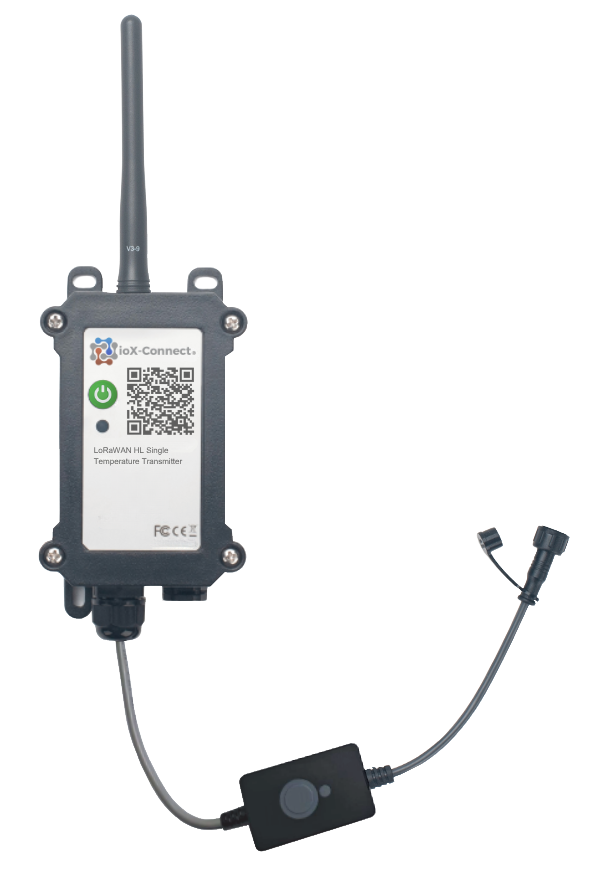
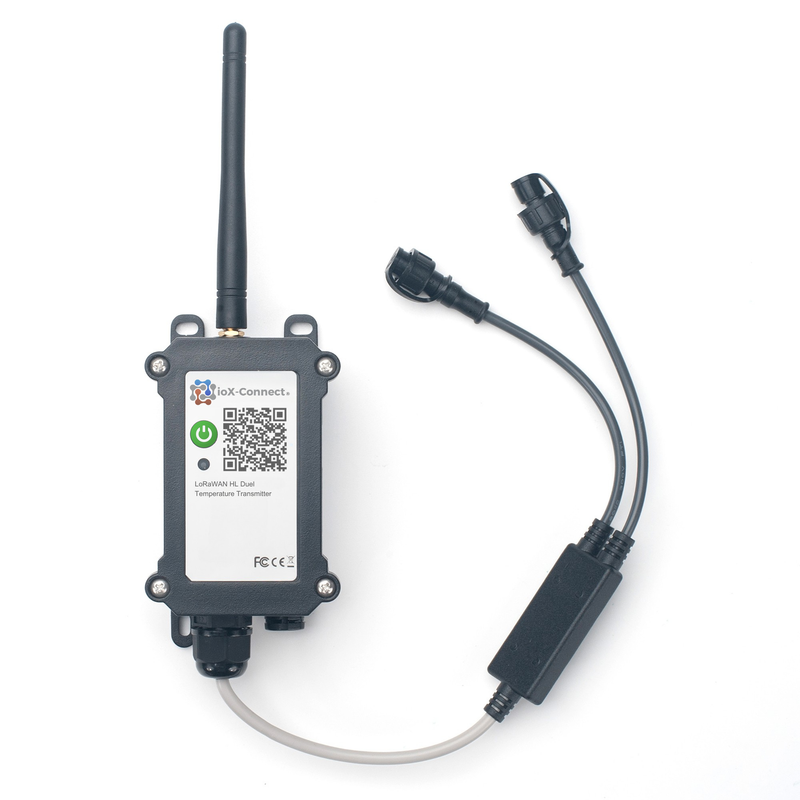
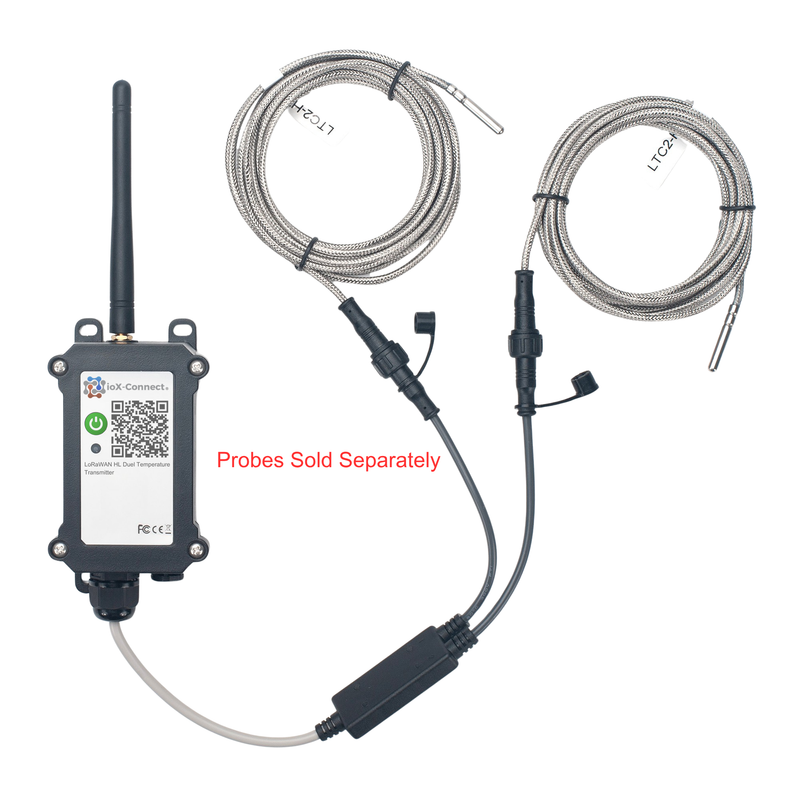
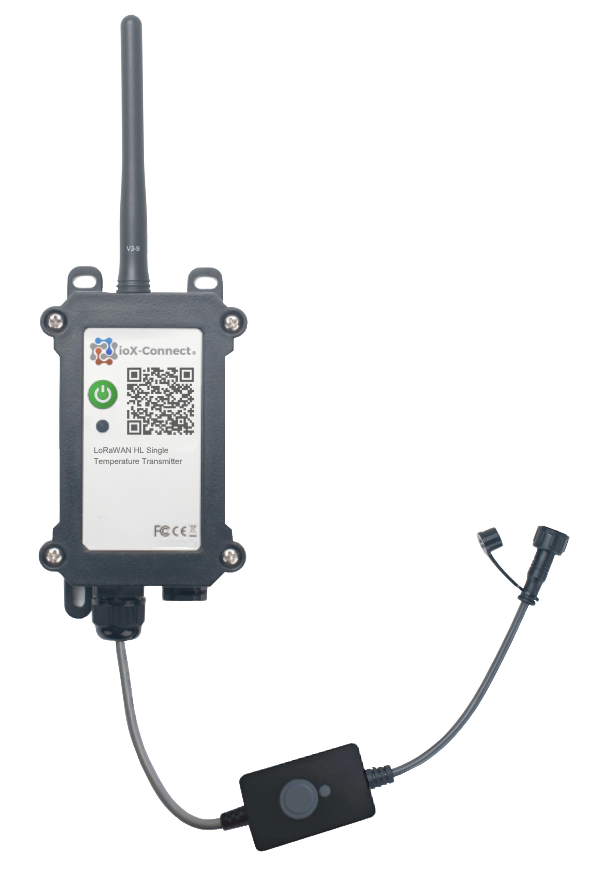
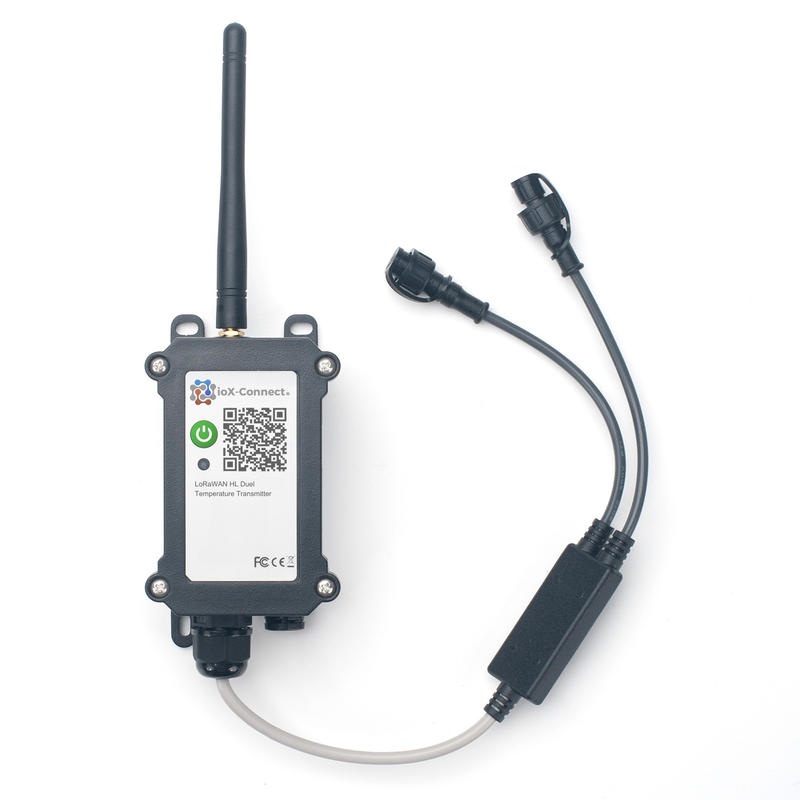
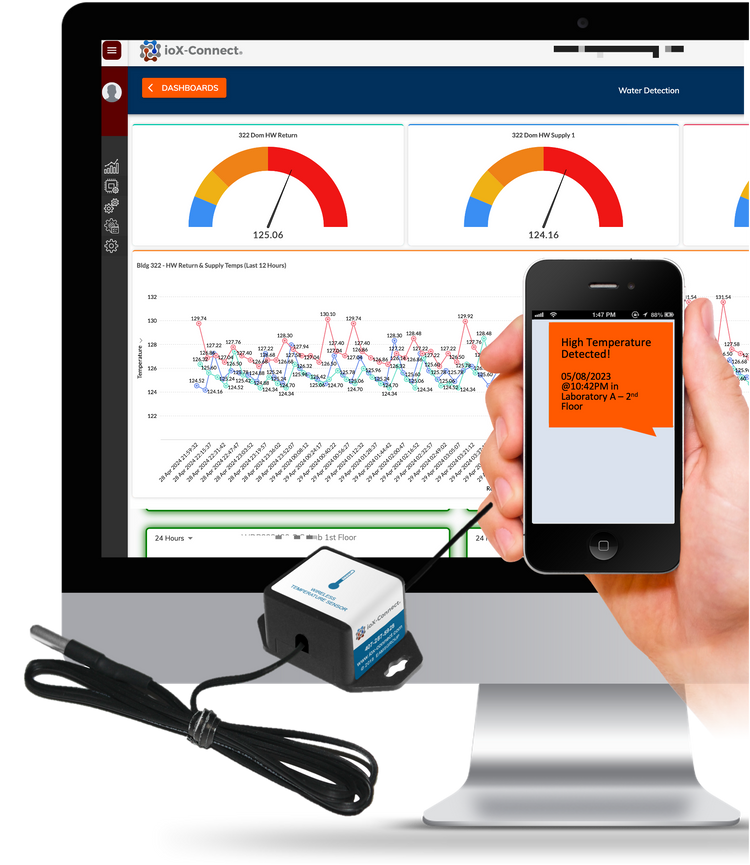
Frequently Asked Questions
The Role of Wireless Temperature Sensors in Industrial and Commercial Settings
Wireless temperature sensors are an integral part of modern industrial and commercial environments. These innovative devices offer comprehensive solutions for a variety of applications:
- Process Control: In industries that rely on precision, like manufacturing and pharmaceuticals, temperature sensors ensure processes run smoothly by continuously monitoring and adjusting temperatures as needed.
- Failure Prevention: By providing real-time data, these sensors help prevent equipment failures. When temperature anomalies are detected, they trigger alerts that allow for timely maintenance and avoid costly downtimes.
- Safety Enhancement: Temperature sensors play a crucial role in maintaining safety standards in facilities. They detect potential fire hazards or overheating machinery, ensuring that safety protocols can be enacted swiftly.
- Automated Auditing: For businesses that require stringent compliance with regulatory standards, wireless temperature sensors automate the auditing process. They provide accurate temperature logs that can be easily reviewed and reported.
- Adapting to Extreme Conditions: Built to endure harsh environments, these sensors function reliably under both high and low temperatures, making them versatile for various settings.
Incorporating wireless temperature sensors into an industrial or commercial setting enables businesses to harness the power of the Industrial Internet of Things (IIoT), optimizing operations and safeguarding assets.
Wireless temperature sensors are versatile tools that find applications across a variety of fields. Let’s dive into some of the most common uses:
Industrial and Manufacturing
- High-Temperature Monitoring: These sensors are essential for tracking extreme temperatures in industrial settings, ensuring equipment operates within safe limits.
- Wireless Thermocouples: Ideal for processes requiring precise temperature control, these offer real-time data without the hassle of cumbersome wiring.
Remote and IoT Applications
- Remote Temperature Sensing: Perfect for environments where wired solutions are impractical, allowing for the monitoring of temperatures from distant locations using cellular connectivity.
- WiFi-Enabled Sensors: These are a core component in smart home setups, where temperature needs to be monitored and controlled via WiFi networks for optimal climate management.
Environmental and Water Monitoring
- Water Temperature Tracking: Used in aquariums, pools, and natural bodies of water, offering reliable data on environmental conditions.
- Weather Stations and Environmental Data Collection: Provide essential information for meteorologists and environmental scientists by gathering data from remote locations.
Facility Management and IT
- Server Room Monitoring: Critical for maintaining the integrity of IT infrastructure by ensuring temperatures remain within safe operational ranges.
- Wireless Monitoring Systems: Used in HQs and datacenters where precise environmental control is needed to protect sensitive equipment.
Communication and Alerts
- Temperature Alerts to Mobile Devices: Many modern systems offer the ability to send real-time alerts directly to cell phones, keeping stakeholders informed about critical temperature changes instantly.
- Industrial IoT Systems: Integrating sensors into larger IoT frameworks allows for comprehensive monitoring solutions that enhance operational efficiency through data-driven insights.
These examples showcase the diverse roles wireless temperature sensors play across different sectors, reflecting their importance in ensuring safety, efficiency, and connectivity in various environments.
Installing ioX-Connect wireless temperature sensors is a breeze. You’ll have them up and running in just under five minutes, with no need for any complicated tools or technical expertise.
Quick and Simple Setup:
- No Tools Required: You won't need any screwdrivers or drills—just attach the sensors where needed.
- User-Friendly Guide: Follow the simple instructions, and you'll be set in no time.
Instant Connectivity:
- Alerts Across Devices: Once installed, receive immediate notifications on your smartphone, tablet, or computer, keeping you informed wherever you are.
With this kind of simplicity, anyone can easily outfit their living or working space with these sensors in minutes.
Absolutely, all ioX-Connect temperature sensors can be calibrated to ensure accuracy. This process involves comparing them against a temperature standard that is traceable to the National Institute of Standards and Technology (NIST).
Here's how the calibration process works:
- Verification: The sensors undergo a rigorous verification process where they're measured against a precise NIST traceable temperature standard.
- Certification: After calibration, a certificate of conformance is issued. This certificate confirms that the sensors meet the established standards and are accurately calibrated.
By utilizing a NIST traceable standard, you can trust that the sensors you’re using are calibrated for precise temperature measurement. If you have any questions about NIST certification please reach out to us.
Battery Lifespan of Wireless Temperature Sensors
The batteries in these wireless temperature sensors are designed to be highly durable, lasting up to seven years under typical usage conditions. Actual battery life can vary based on factors like frequency of data transmission and environmental conditions. However, in most applications, you can expect a long-lasting power source that minimizes maintenance and replacement needs.
When it comes to outfitting your facility or project with high-precision, industrial-grade wireless temperature sensors, price can vary widely based on your exact requirements. From entry-level models that handle basic monitoring to complex, multi-sensor systems designed for critical environments, ioX-Connect a solution for every budget.
Price Range Overview:
- Entry-Level Options: Basic wireless temperature and door monitoring systems are available starting at just over $200, making them accessible for smaller installations or adding coverage to existing setups.
- Mid-Range Solutions: Most robust temperature sensors, including those featuring RTD (PT100/PT1000), thermocouples, or vibration monitoring modules, typically fall within the $300 to $700 range. These are well-suited for manufacturing, laboratory, and even cold storage applications.
- Advanced and Specialized Systems: For ultra-low temperature environments (like ULT freezers), high-temperature zones, or multi-channel sensors supporting numerous probes, prices can span from $1,000 up to several thousand dollars. Some systems with unique features, such as wafer processing or large-scale data acquisition capabilities, may approach $10,000 for state-of-the-art performance.
This range ensures flexible options whether you’re collecting temperature data from a small refrigeration unit or conducting predictive maintenance across an entire industrial plant.
Have a specific environment or measurement challenge? Reach out to discuss tailored solutions that fit your technical needs and budget.
Absolutely! For applications where precision is paramount, our temperature sensors can be calibrated to meet strict accuracy requirements. We offer verification against NIST (National Institute of Standards and Technology) traceable temperature standards, ensuring dependable performance and compliance. ioX-Connect works closely with a certified laboratory that will conduct testing and provide a NIST certificate for your sensors. Please reach out to us if you require NIST certified devices.
